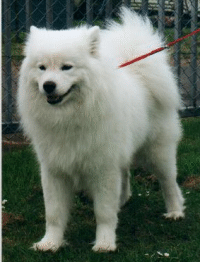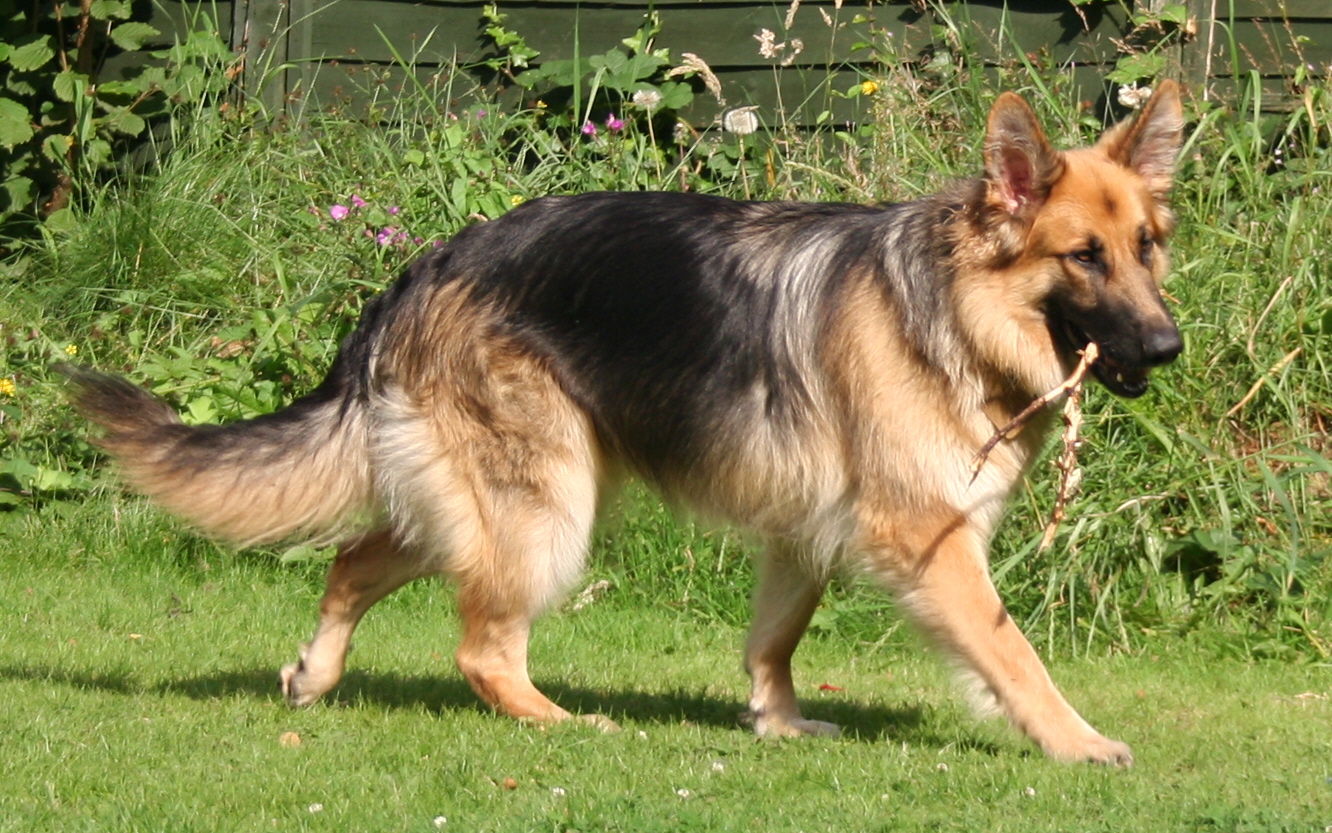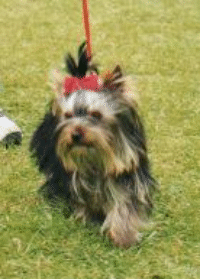GROOMING THE LONG COAT
Long coats need constant attention. A long coat left ungroomed will quickly become matted. The only way to deal with this is to cut the matts out. The fur under the stomach is where most of the knots or matts appear. Also around the ears and under the tail. Unless you are showing the dog, it is best if these areas are kept short, especially under the tail. You need to groom everyday if you want to keep on top of your dogs long coat.
Some long coated breeds have what is called an undercoat. This is thick woolly fur - this is shed most of the time if the dog is kept indoors. It is this that can become matted.
HOW TO GROOM
You need a wide toothed grooming comb which has to be long enough to reach through the coat to clean all the dead fur and dirt. If the comb is a short toothed comb it will only penetrate the surface and not reach the skin. To start with, you will need to comb the coat backwards in layers, this will remove all the dead fur and dirt. Once you have combed the fur on the body backwards in layers, then comb it the correct way. This cleans the coat. You can now use a slicker. A slicker is a flat brush with fine metal hooks. This removes the very fine traces of fur and dirt. Use the same method and then finish off with a bristle brush. This will level the coat and put a shine on it.
THE TROUBLE WITH LONG COATS
A long coated dog, especially a thick coat as well as long can be very time consuming, and unless you have the time to look after the coat, then it may be an idea to find a different breed, as nothing looks worse than a lovely long coated breed that has a matted and filthy coat. A type of wet excema can infect the dog as the matts do not allow the air to circulate through the coat. With this in mind, some dog owners do have their dogs clipped mainly in the summer months, with a view to keeping the dog cool and the coat more manageable.
You must remember to always dry a long coat as they take an age to dry! If you take the dog out in the cold and rain it is a good idea to invest in a waterproof dog coat. This will halve your work. Always dry under the belly and flanks as this is always damp. The wet and dirt always splashes the under belly.
Most coats have a weatherproof coating and when the dog shakes, he throws most of the water off, but with some long coats, the water works it’s way into the coats and they can become soaked! This can affect your dog’s health as a dog who is left to ‘dry off’ on a regular basis can become crippled with rheumatism in later life, so always remember to ‘dry off’ with a towel.
|


